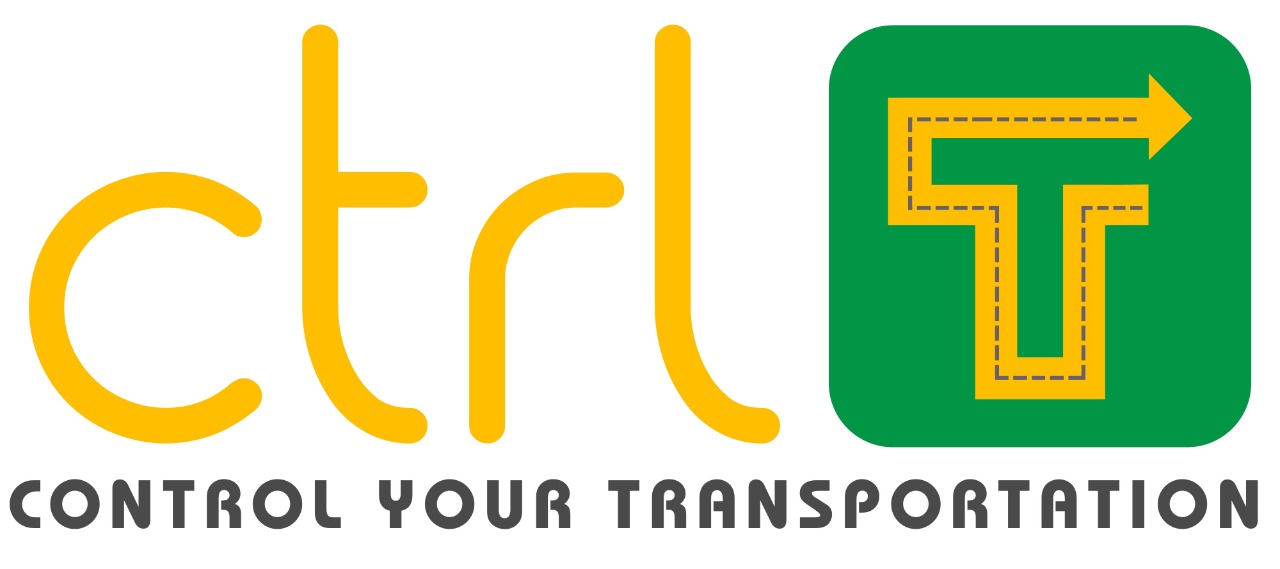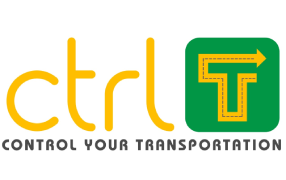Transporters – Its time to Reimagine how to run your Businesses
In India, every transporter we encounter is busy in their phone all the time. Busy chasing new loads & tracking current ones. Everyone from the dispatch clerk, manager, and senior managers keep functioning in a reactive mode on every load until they reach the destination. However, very few actually look to improve efficiency in day-to-day operations which would reduce this burden substantially.
Usually, transporters will be informed of the problems like late delivery or delayed payment only when the customer calls about that issue. As the period of payment is about 30-60 days after delivery, in case of any issues, those are also cropping up much later after the delivery.
Even when expanding their business with new branches and offices, transporters tend to use very little technology to manage their daily operations. Even if they have a technology system, it is mainly concentrated on the management of payment/invoice but not for their daily operations. Eventually, transporters fail to ensure consistency and service quality across all branches.
Another issue with the transporters is that critical information is held with very few people. Due to a lack of communication about the details of specific shipments between a specific supervisor and manager even though they are working in the same organization, tends to have the information being hidden and to the actual critical stakeholders, eventually leading to delays and mismanagement of shipments.
In many cases, despite transporters are trying their best to provide quality service, lack of technology is preventing them from achieving that goal. Very few transporters are able to be on top of the location of their trucks on the road if a query is raised by one of its customers.
With the increase in internet penetration and a decrease in the cost of technology, this is the perfect time for implementing technology to control activities and manage processes efficiently for transporter companies.
Enterprise solutions that are available in the market are too expensive and take longer to implement. With the availability of SaaS-based solutions hosted in the cloud, the entry barriers are lower than ever. By using these SaaS-based solutions we can reduce both the cost factor and also provide world-class technology on a subscription basis so that they can attain the sweet spot of the cost-benefits ratio easily. SaaS-based technology can provide the suitable technology for transporters to provide improved quality service to their customers.


